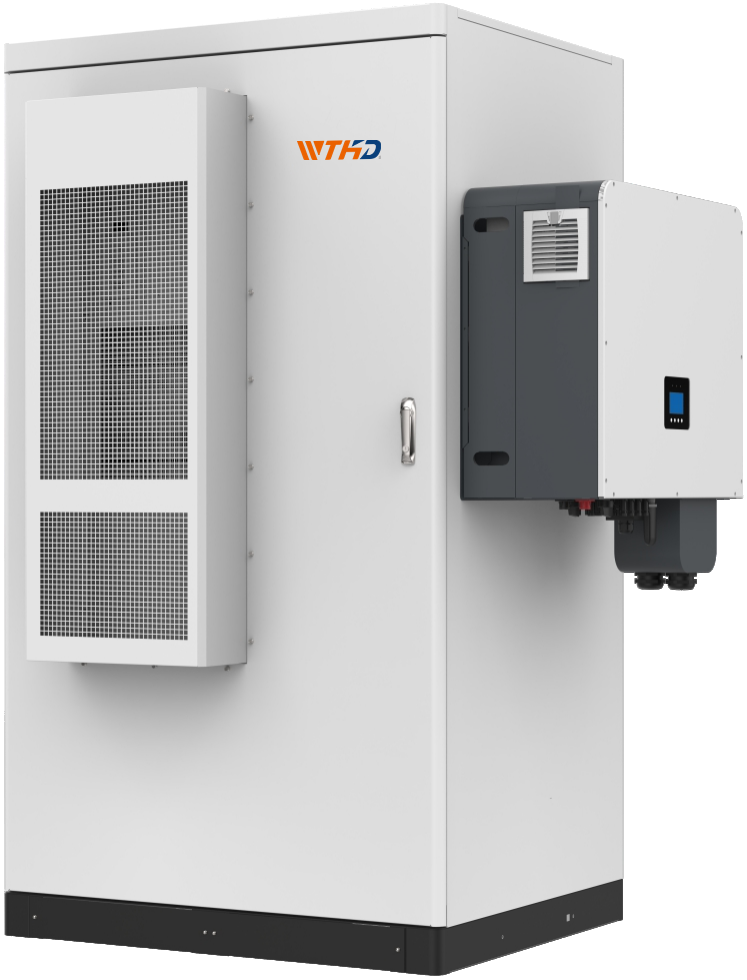Energy Storage Systems (ESS) may sound complex, but they’re becoming part of daily life. It uses the power to maintain the lights during electricity cuts or it can store the power generated by solar panels to be used later. This system consists of a number of important components, each with its distinct purpose, and knowing the way they interact can give you an idea of how this system functions and how you gather the appropriate combination to meet your particular energy needs.
• What Makes Up an Energy Storage System: Batteries, Inverters, and Beyond
An Energy Storage System (ESS) is a comprehensive solution that converts stored electricity into safe usable power. The battery pack is usually made up of a series of modules and cells which hold energy for later use. A solar-powered home with solar panels can store energy in the battery during the day and use it at night. The inverter transforms DC of the battery into AC to power household or industrial loads, and the hybrid inverters can handle both the operation of solar input and the battery. The Battery Management System (BMS) protects the battery due to overcharge, deep discharge, and overheating whereas the control unit offers monitoring, charge management and connectivity to smart systems. Combined these components make stored energy reliable, efficient and on demand.
• Battery Technologies in ESS: Lithium-Ion vs Lead-Acid vs Emerging Options
Not all batteries in an Energy Storage System (ESS) are the same, and the performance, cost, and maintenance of the system depend on which ones you choose. The most common ones are lithium-ion and lead-acid, and more recent ones such as sodium-ion or solid-state. Lithium-ion is small, efficient and long-lived (10+ years) and expensive. Lead-acid is cheaper, suitable as a backup, but large, has a lower longevity and is maintenance-intensive. Emerging technologies have the potential of being cheaper, more energy dense and safe but are not currently tested on a large scale. In selecting a battery, think about how often you'll use it, how much money you have, and space in order to determine the appropriate balance between cost, performance and reliability.
• Why Thermal Management and Safety Systems Are Critical in ESS Design
Storing an Energy Storage System (ESS) is not only a matter of the type of battery used, but also a matter of heat control and failures. There is a temperature range at which batteries will do their best, and beyond overheating they may be damaged or may ignite a fire and too cold may lower the efficiency of the battery. Small systems employ fans with the larger system such as the solar plus liquid cooling in hot climates. The system is safeguarded with such safety features as a Battery Management System (BMS), fuses, and fire suppression. For example, after numerous incidents of serious battery fires in 2019, manufacturers improved cooling systems and safety features. Modern ESS units are safe, efficient and reliable through proper design and maintenance.

